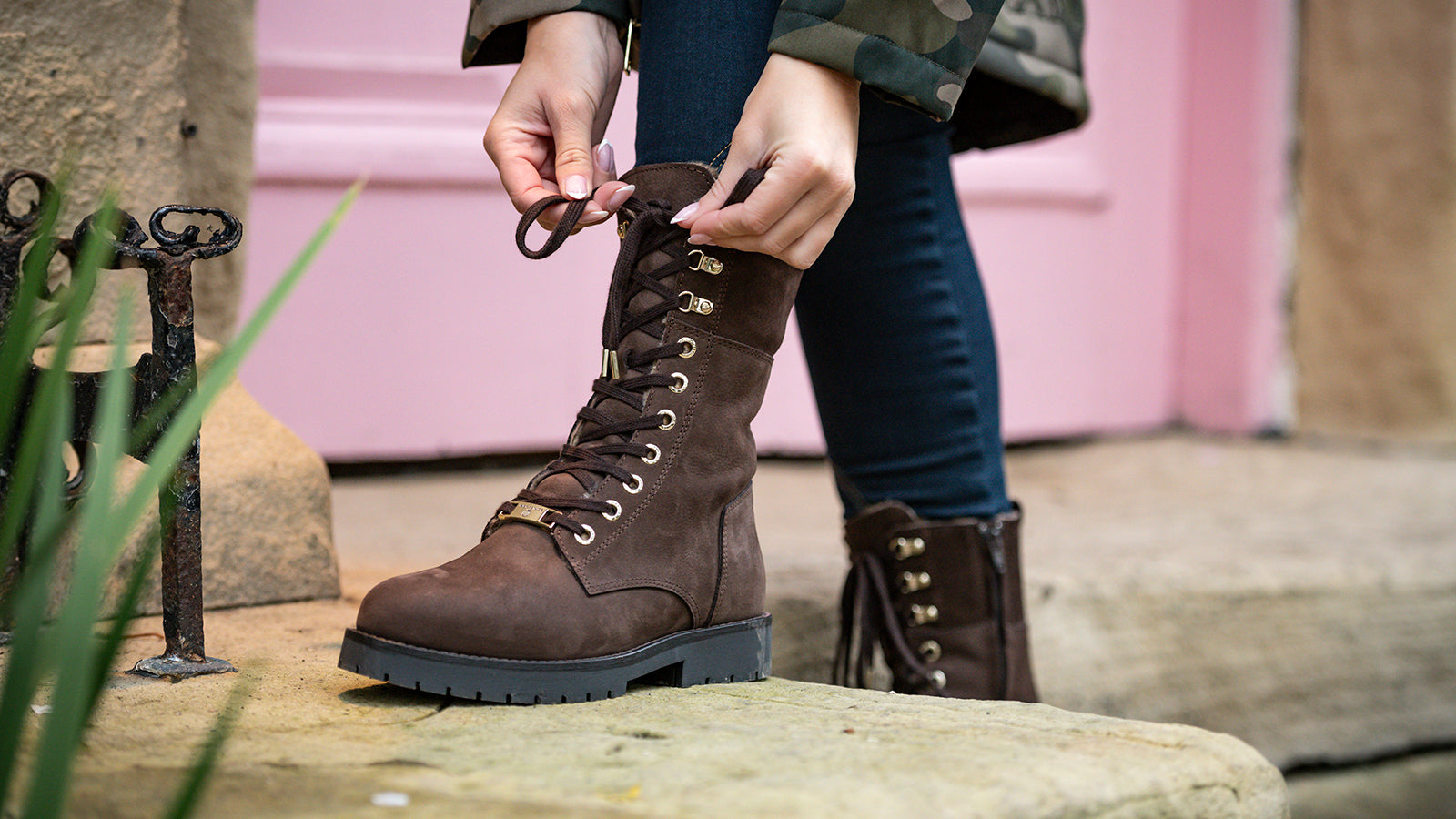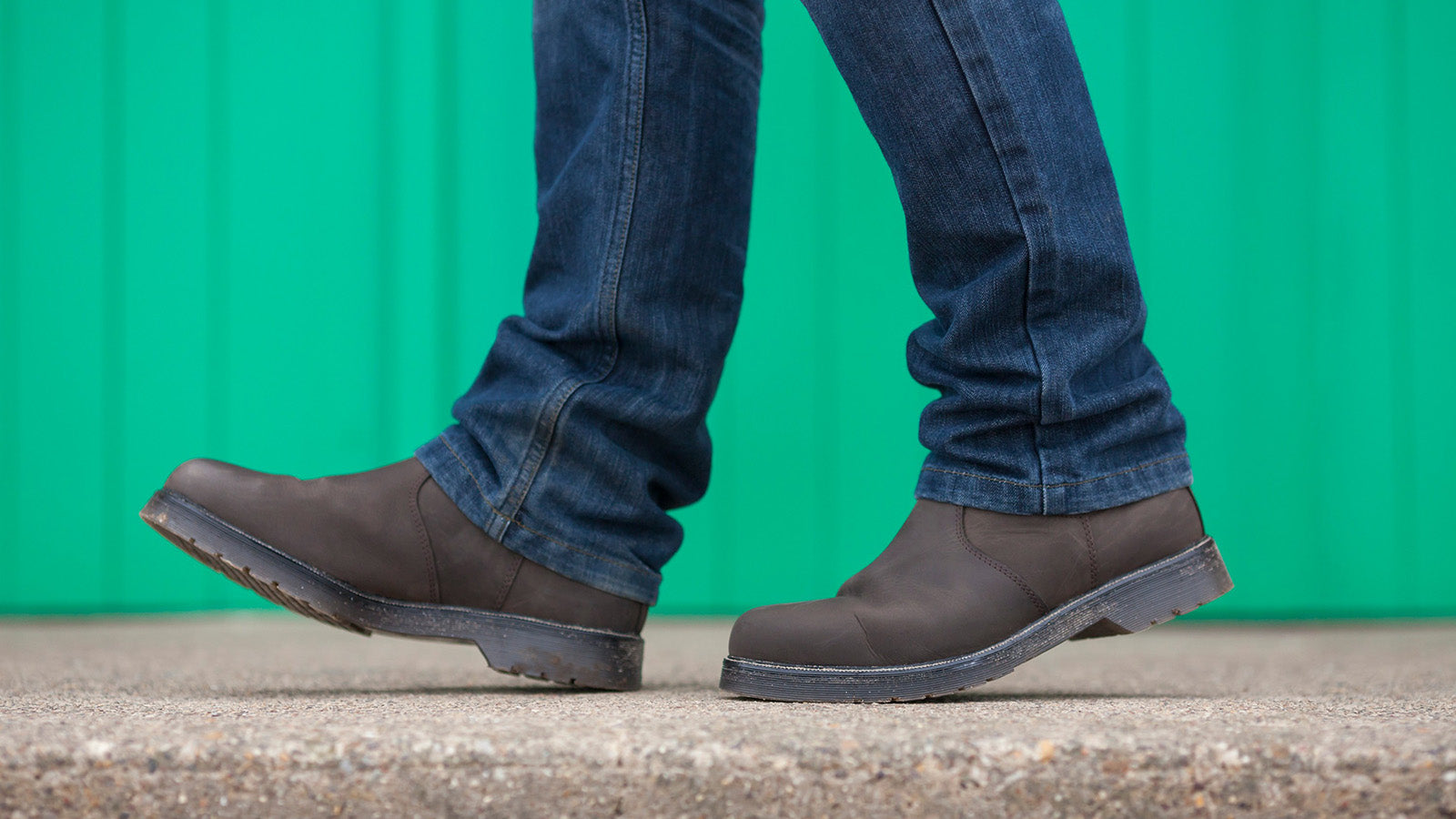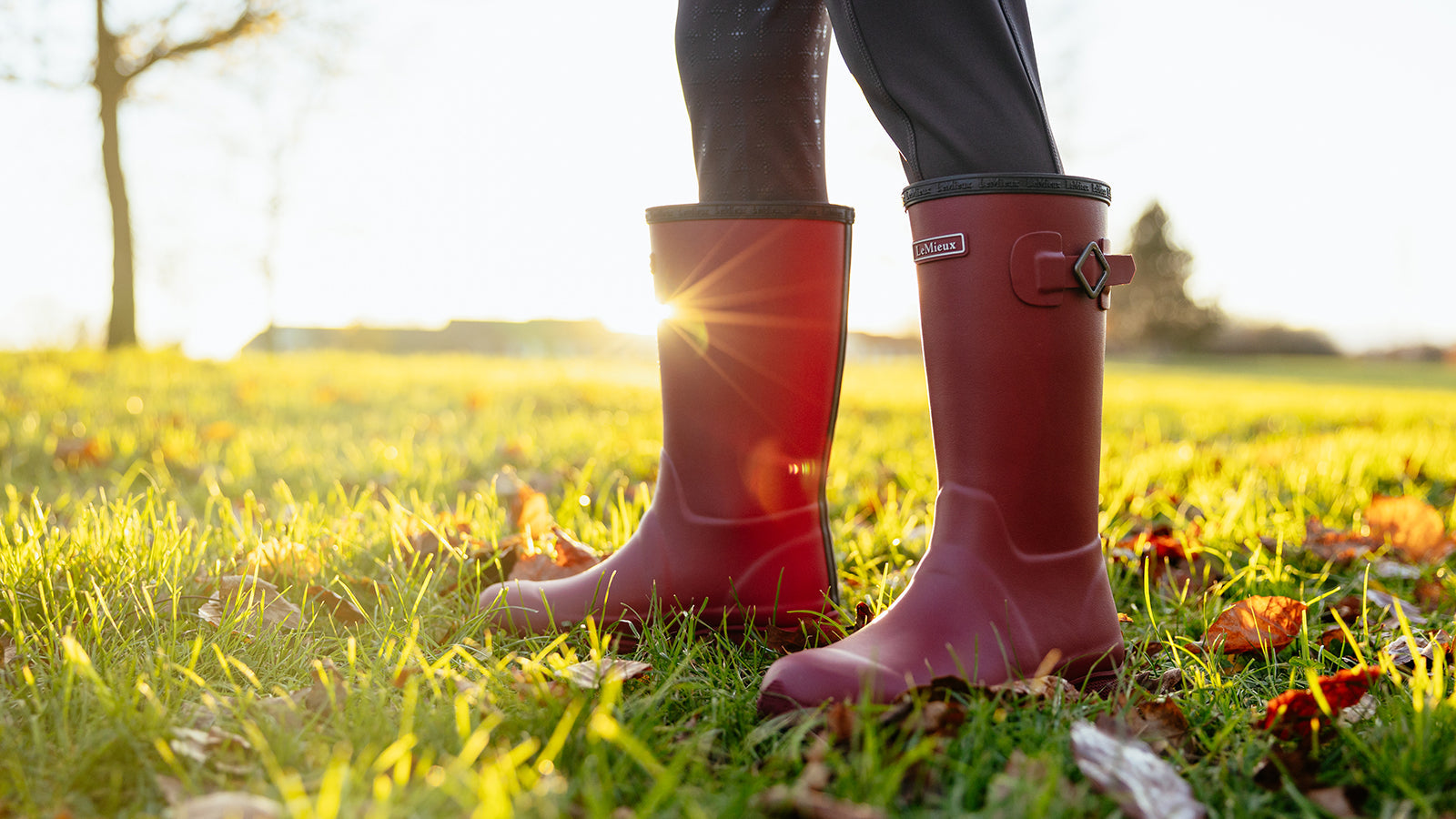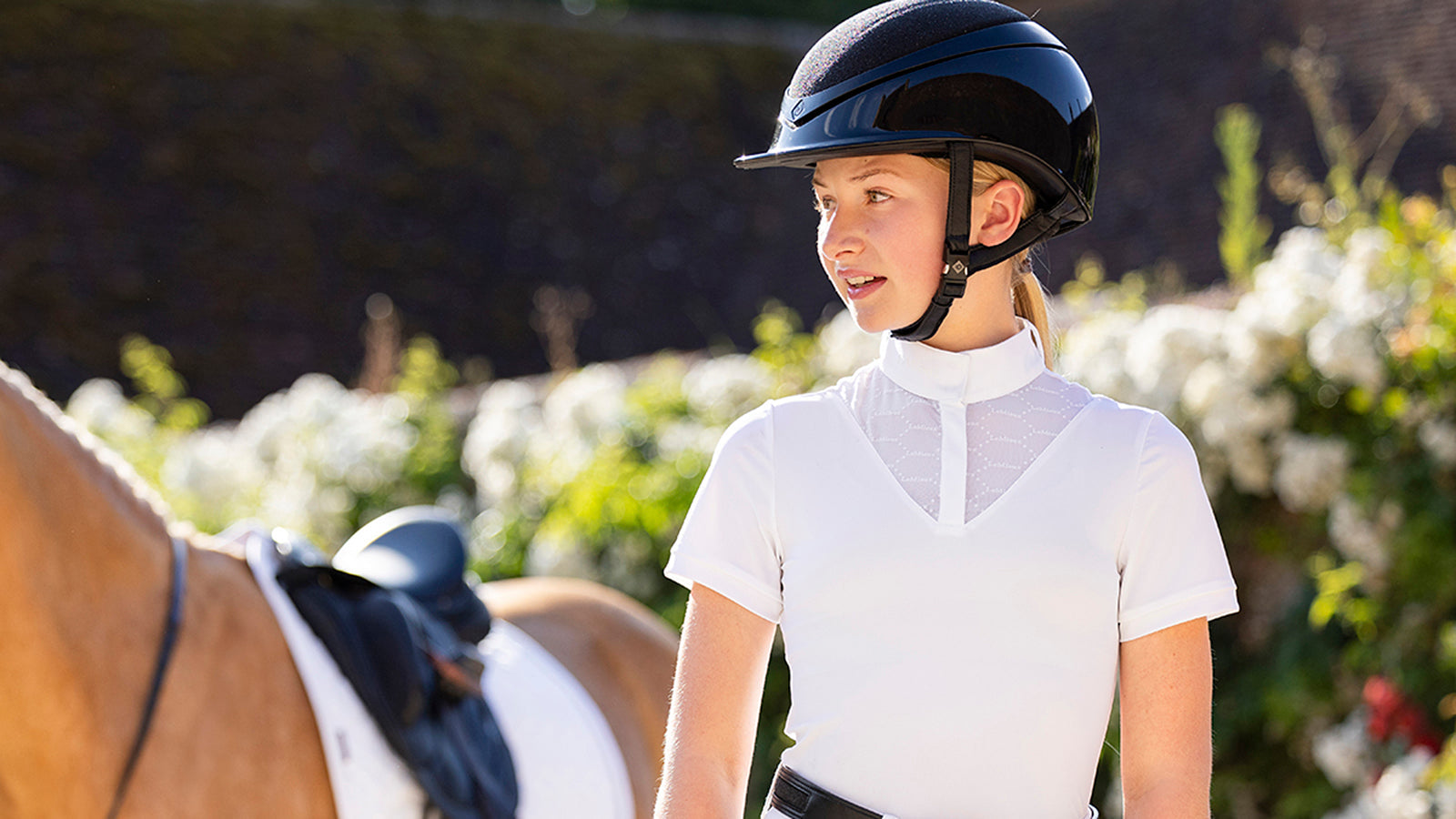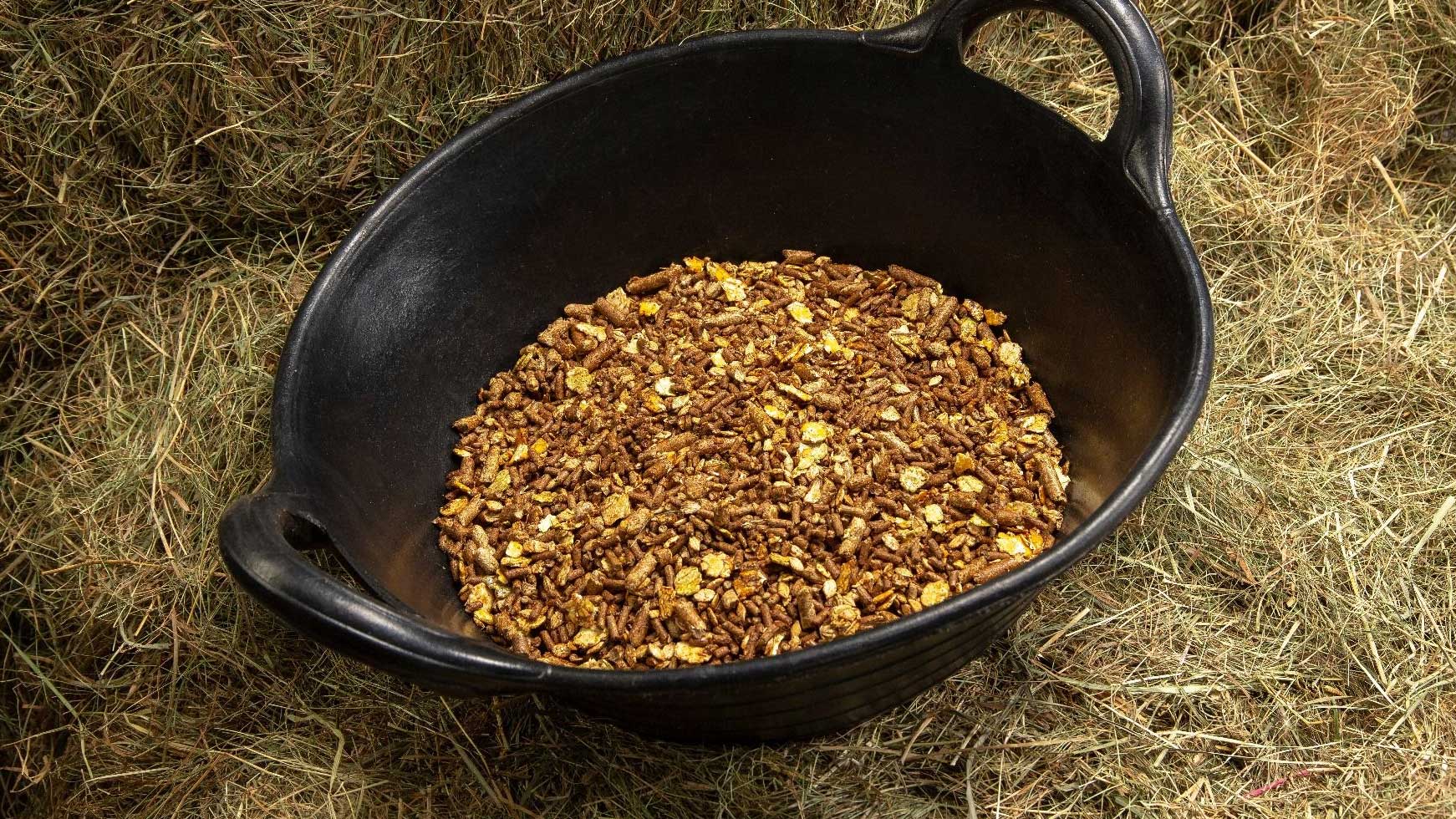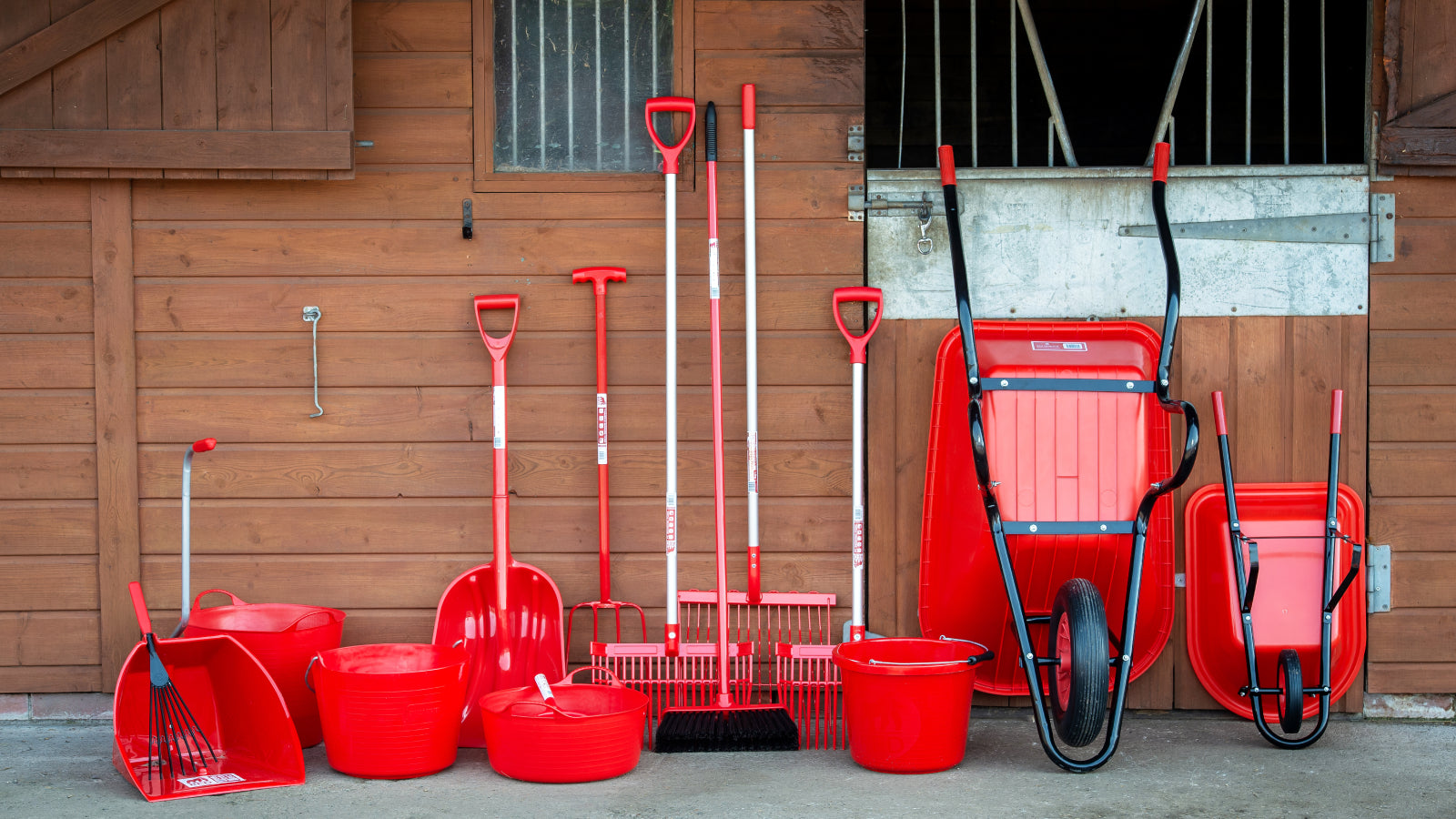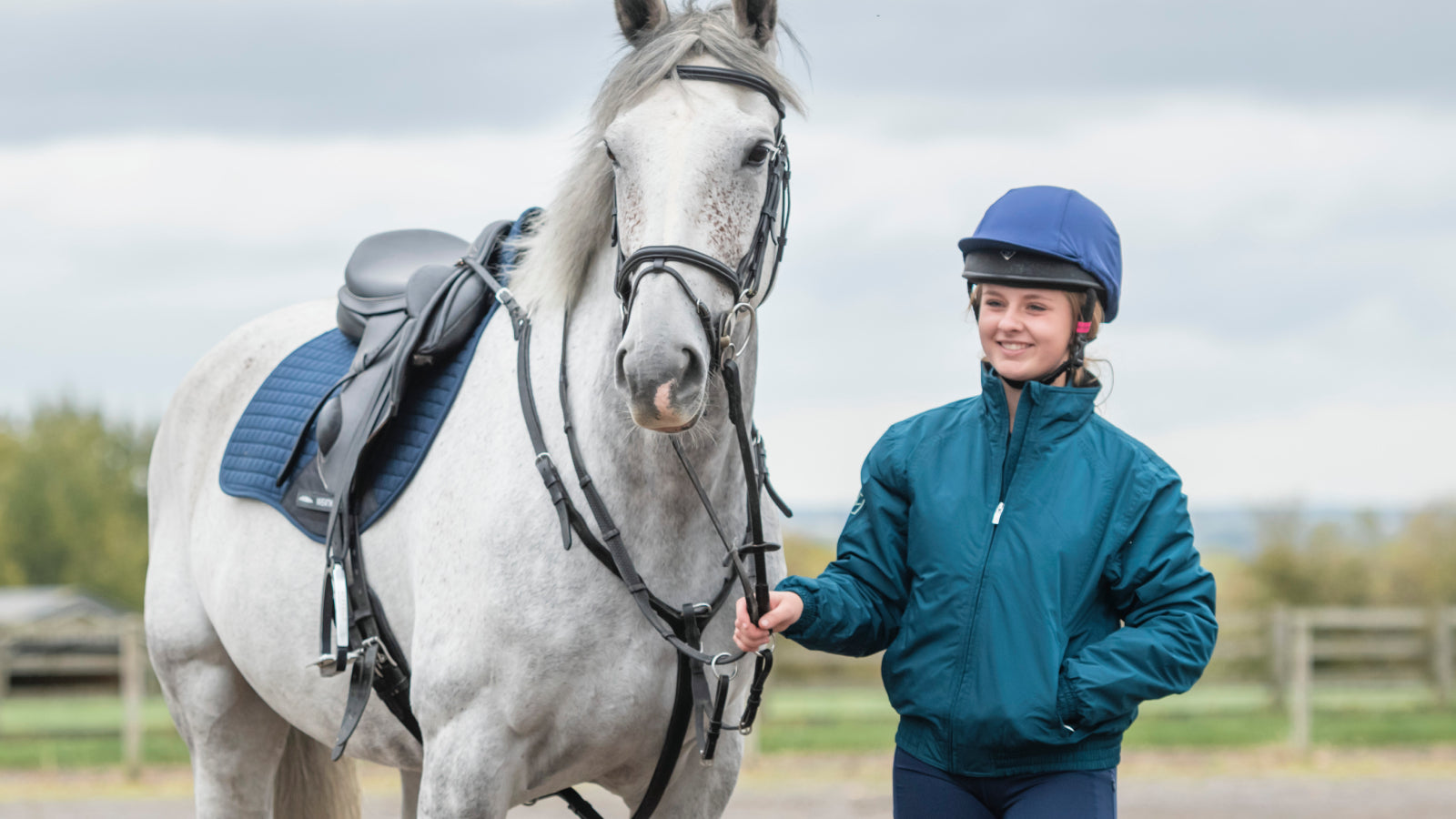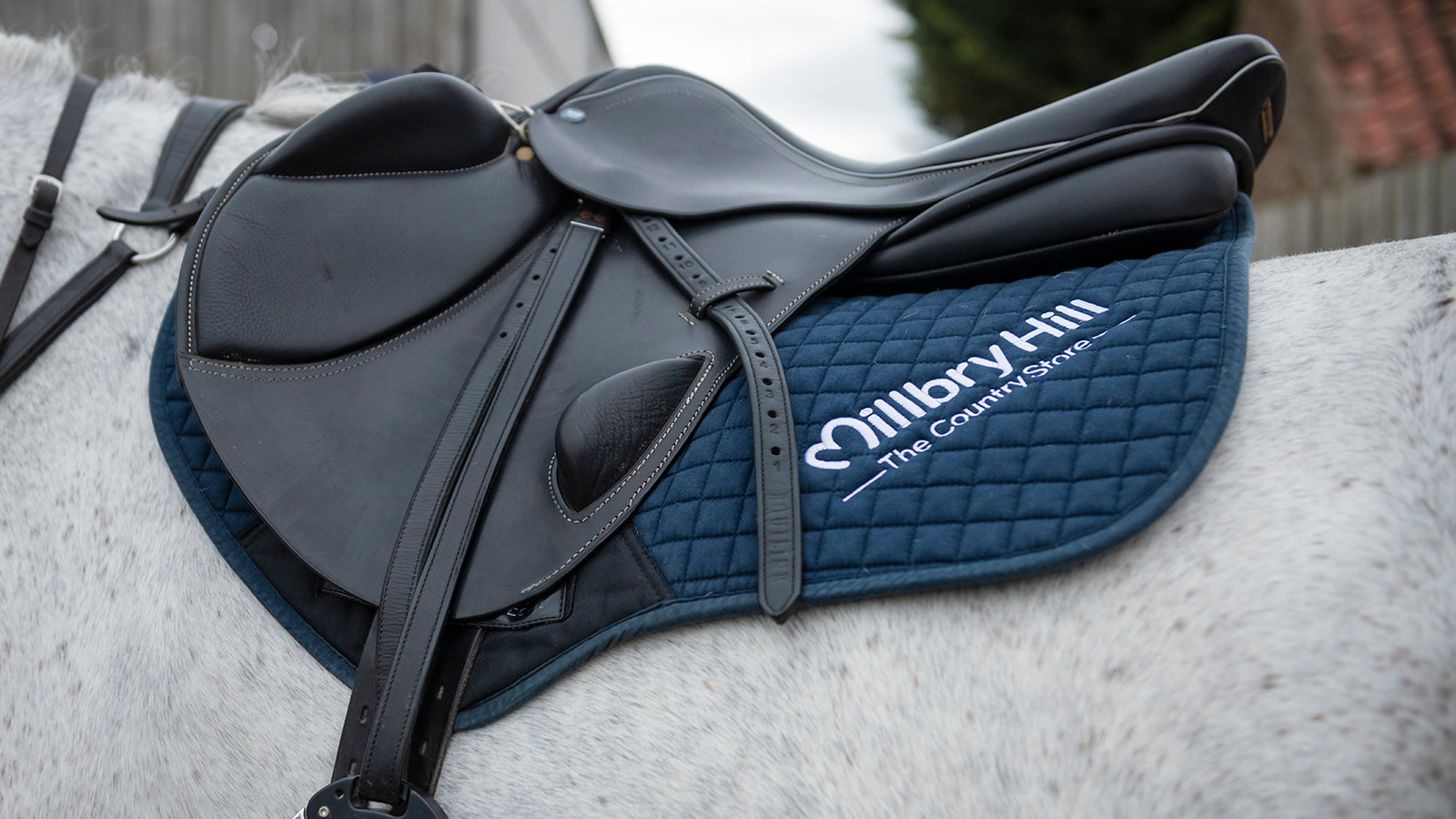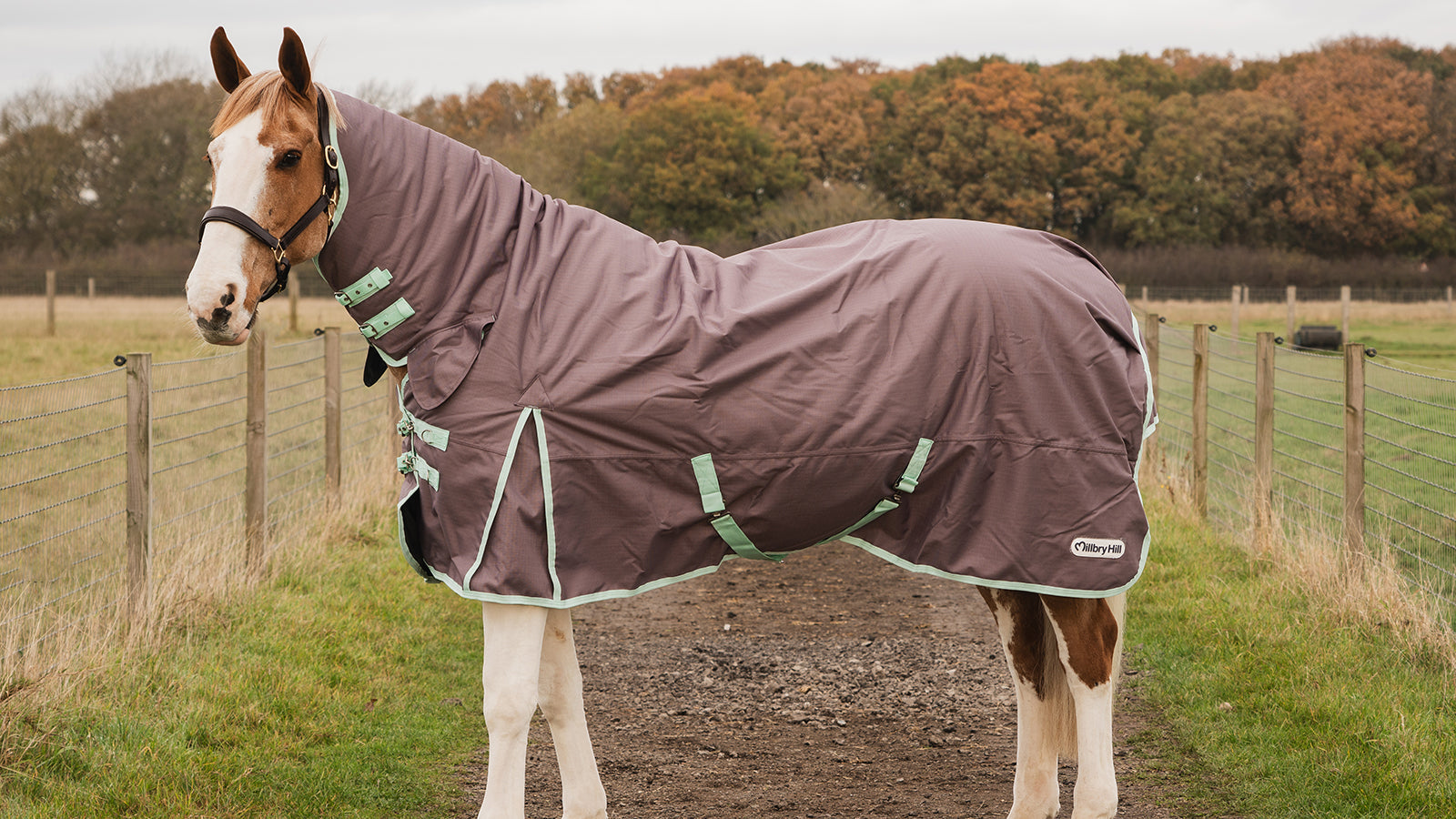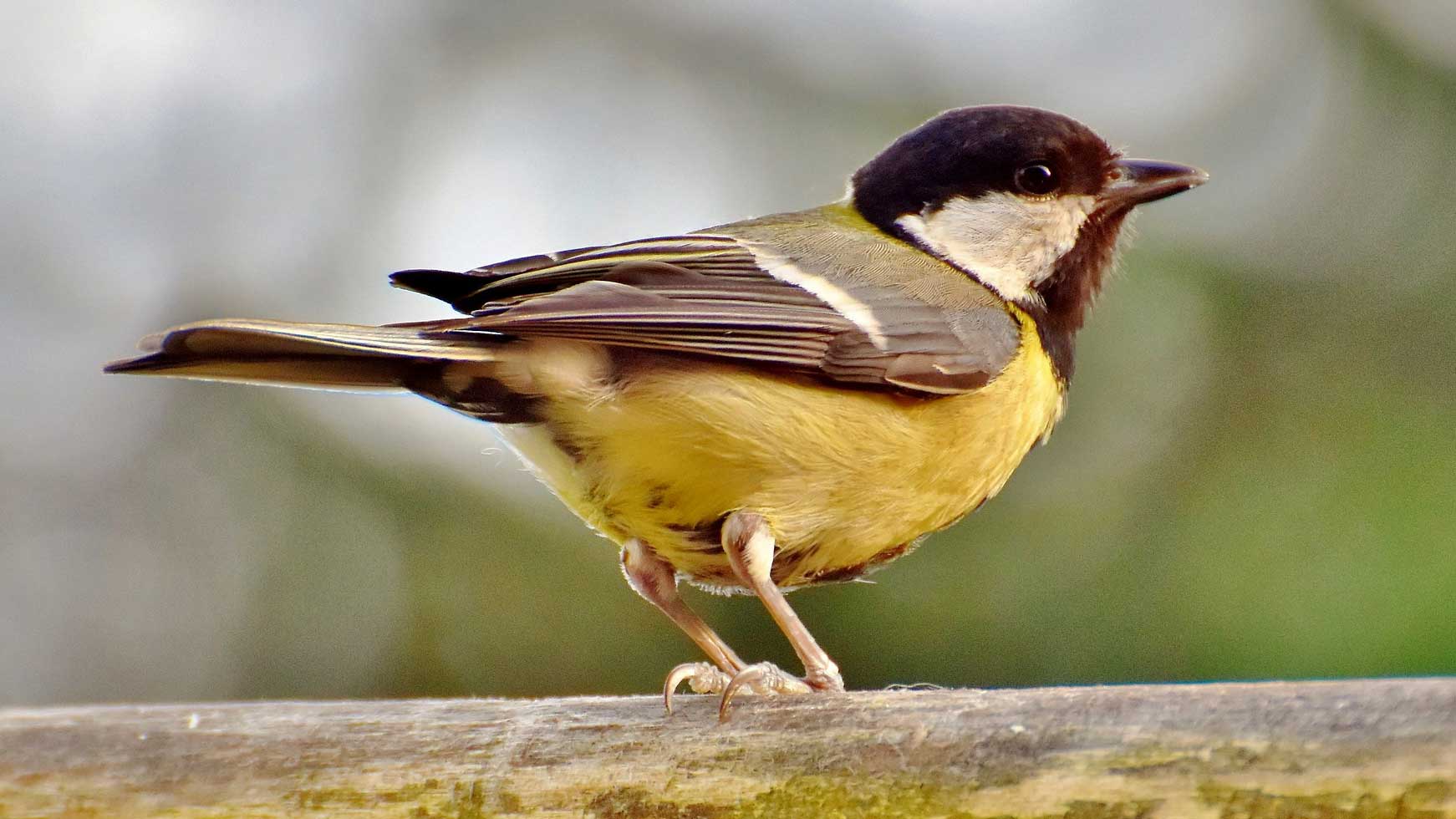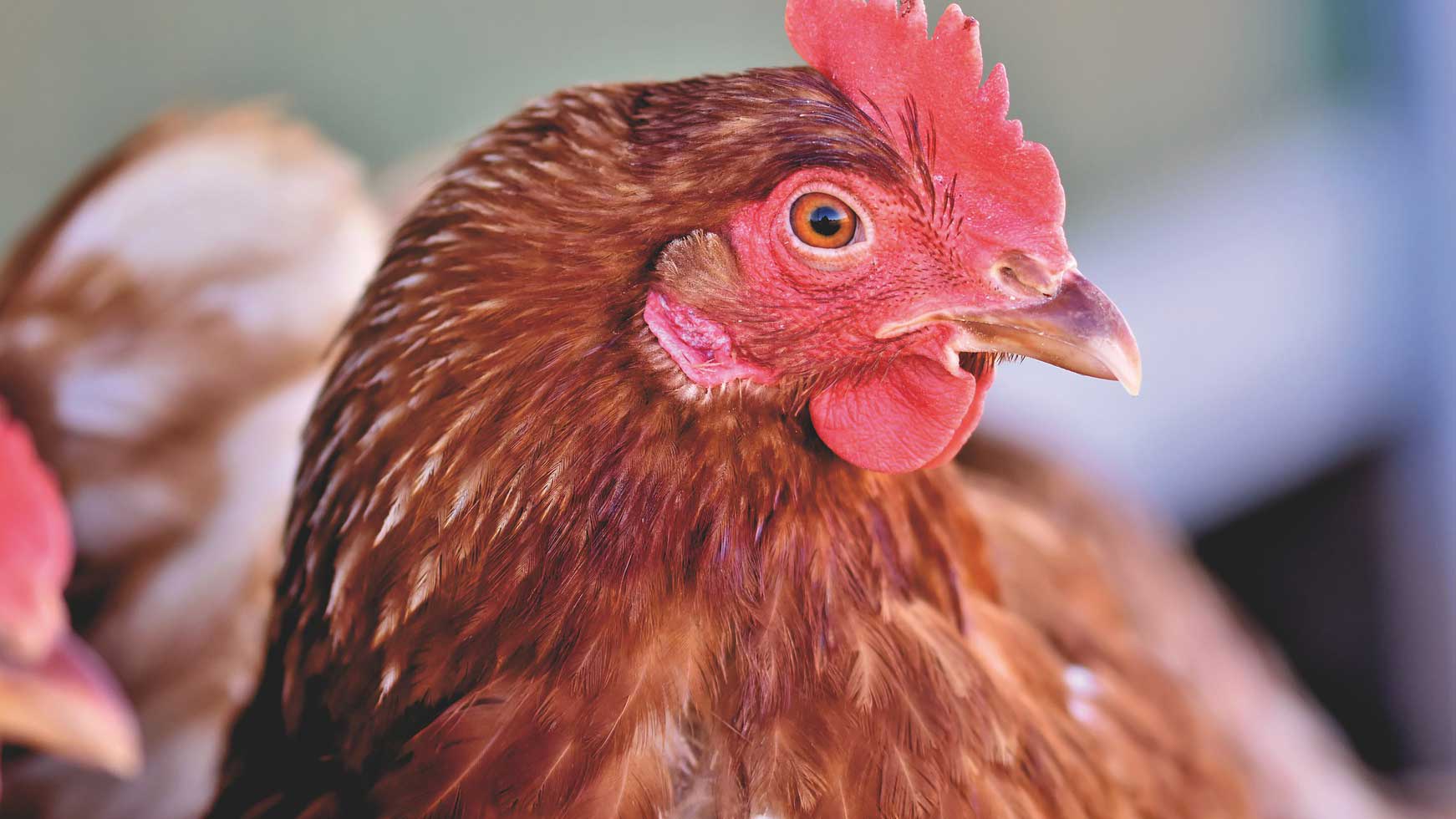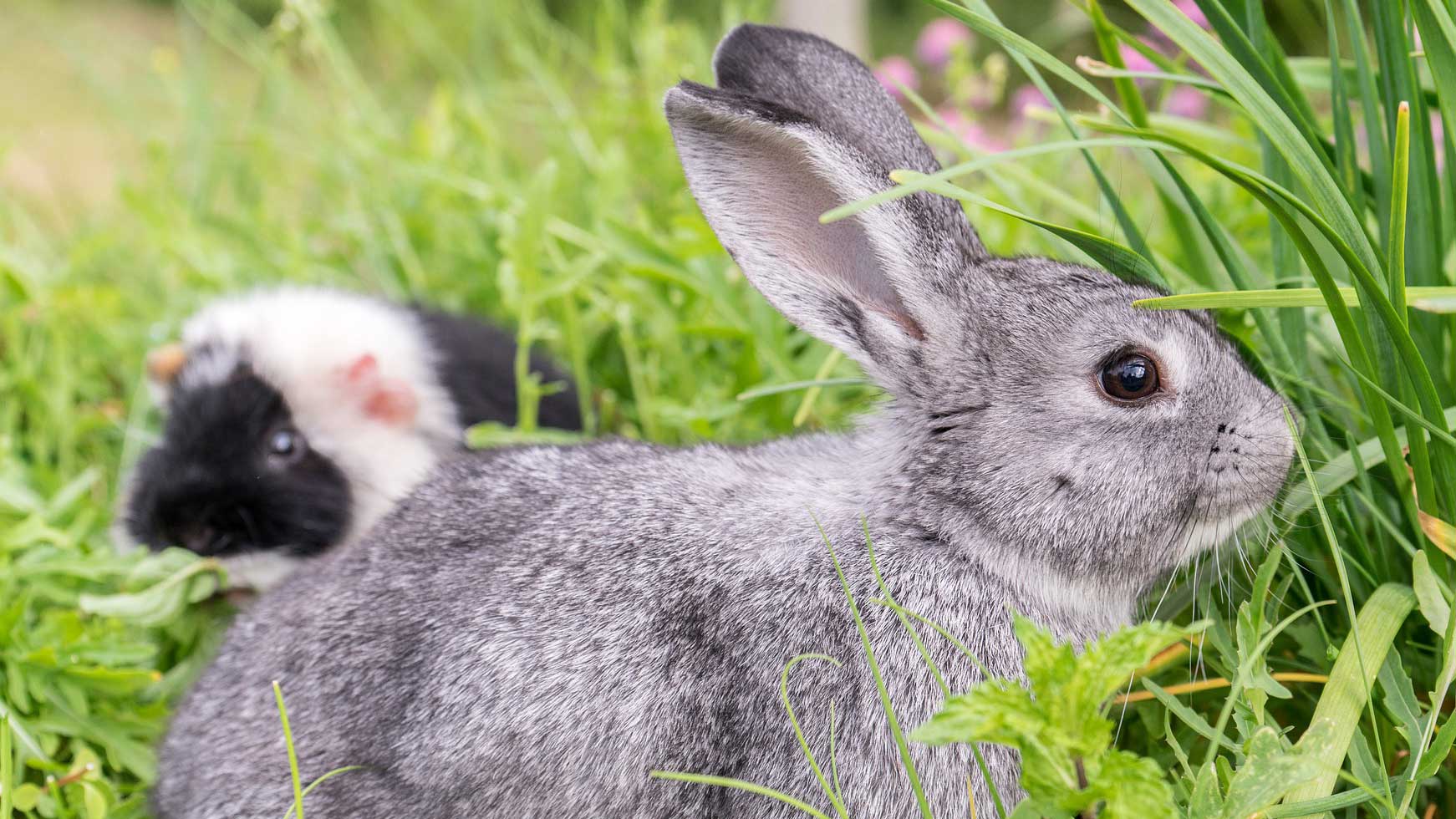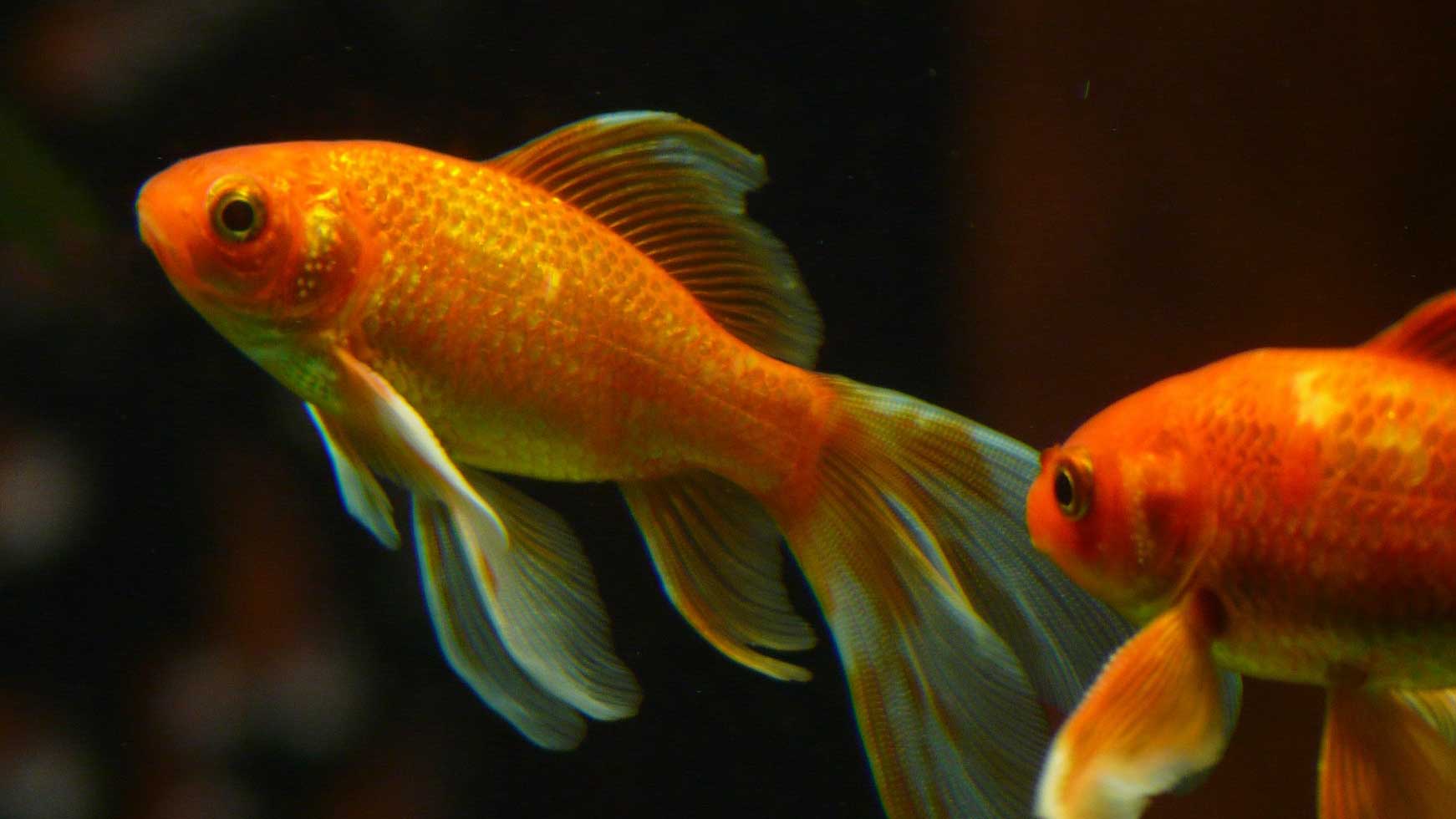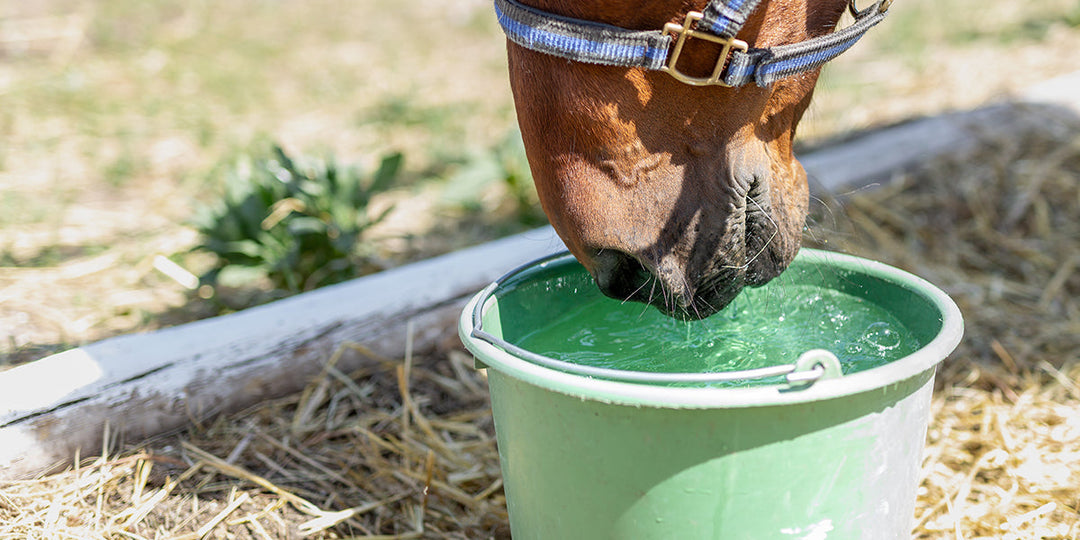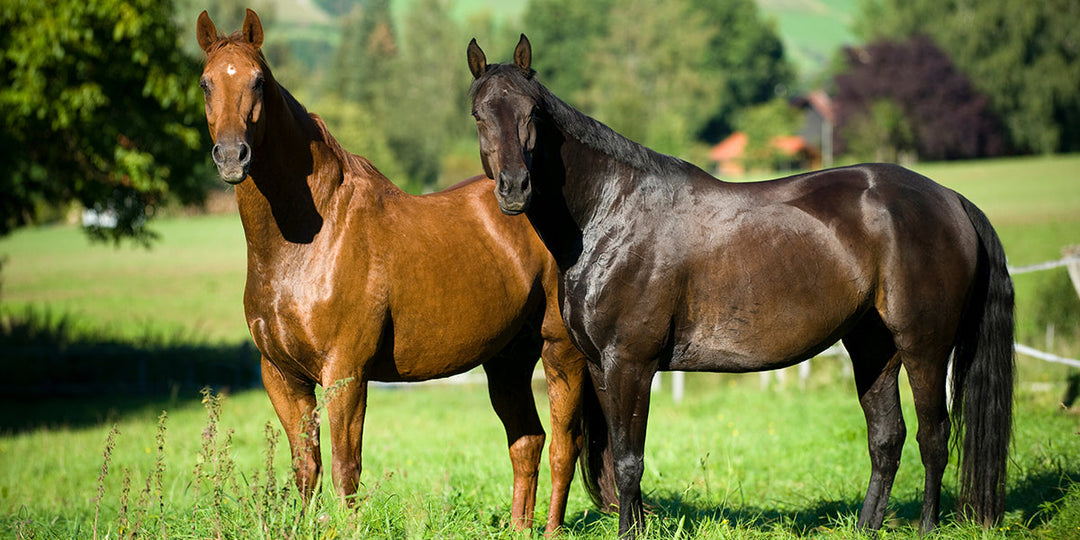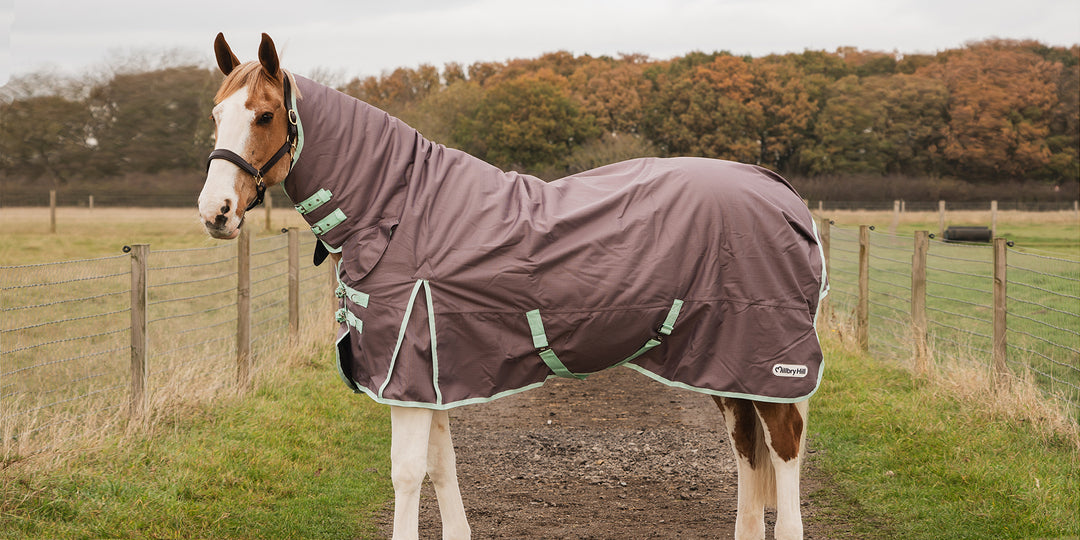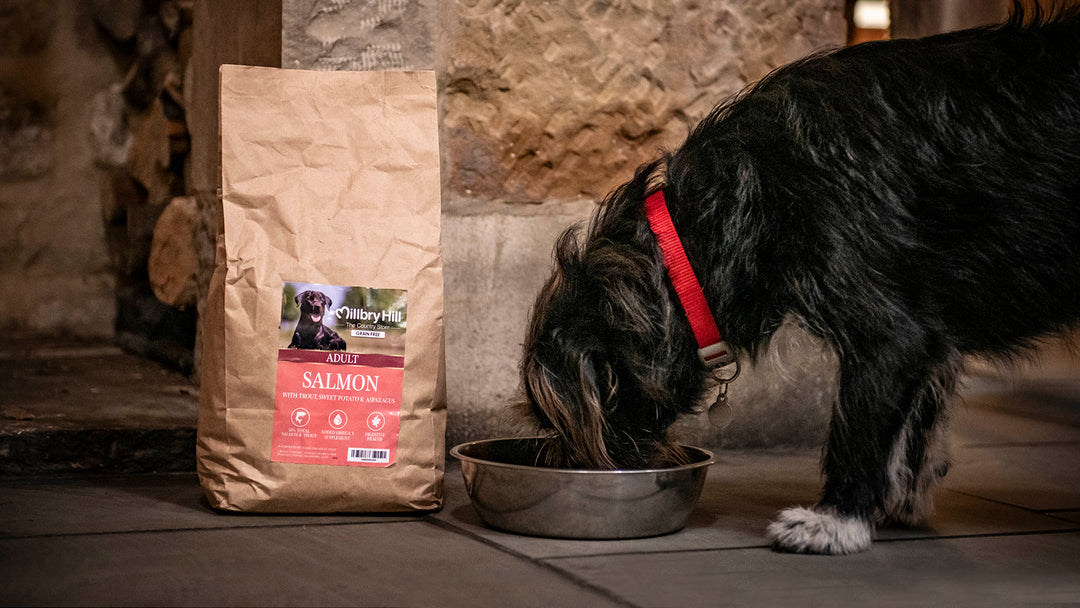What is Laminitis in Horses?

Laminitis is an extremely painful condition that affects many horses and ponies each year. It can cause permanent damage to the hooves and, in severe cases, may even be fatal, making it a serious welfare concern for horse owners.
What is laminitis?
Laminitis is a painful and serious condition that affects the sensitive laminae, a type of tissue found in a horse's hoof. When blood flow to the hoof is disrupted, the laminae are deprived of oxygen and nutrients, leading to inflammation and swelling. Over time, this weakens and damages the laminae, causing them to stretch and deteriorate.
If not promptly treated, the tissue can begin to die, which may cause the pedal bone to rotate or even sink through the sole of the hoof, resulting in intense pain. Laminitis can affect any of the horse's feet, though it most commonly occurs in the front feet. The condition can strike horses, ponies, donkeys and hybrids at any time of the year.
What causes laminitis in horses?
Laminitis in horse can have several causes, often linked to specific triggers or conditions:
-
Inflammatory laminitis: Consuming large quantities of concentrates (like grain) in a single feeding can overwhelm the horse's digestive system. Undigested sugar and starch pass into the hindgut, where they ferment rapidly, leading to gut damage. This damage allows toxins to enter the bloodstream, which can trigger laminitis. Other potential causes of inflammatory laminitis include colic, diarrhoea, severe pneumonia or a retained placenta in mares.
-
Hormonal laminitis: Two hormonal disorders, equine Cushing's disease (PPID) and equine metabolic syndrome (EMS), are strongly associated with laminitis. These conditions result in elevated insulin levels in the bloodstream, a factor known to cause laminitis.
-
Supporting limb laminitis: This type occurs when a horse with an injury or condition affecting one leg is forced to bear excessive weight on the opposite leg. The strain on the supporting leg can lead to laminitis in that hoof due to abnormal weight distribution.
-
Mechanical laminitis: Mechanical issues, such as poor hoof care or excessive strain, can also cause laminitis. Contributing factors include over-trimming, improper shoeing, fast or intense exercise on hard surfaces, an overly long toe or injuries like fractures or joint infections that cause uneven weight-bearing.
- Stress-induced laminitis: Various forms of stress can lead to laminitis. Sudden changes in the horse's environment, diet or routine, frequent travel or overwork can all trigger the condition. Overweight horses and mares who have recently foaled are especially vulnerable.

How to treat laminitis in horses
If you think your horse has laminitis, contact your vet immediately and restrict your horse's movement. Laminitis is always an emergency, as the condition is very painful and can cause further damage to the laminae if not treated quickly.
If your horse can still walk, gently move them to a nearby stable or sheltered area. If possible, create a deep bed of shavings to provide extra support and cushioning for your horse when they stand. Common veterinary treatments for laminitis include:
-
Medication: Pain relief is vital in treating laminitis and your vet may prescribe non-steroidal anti-inflammatory drugs (NSAIDs) or, in severe cases, stronger painkillers like morphine or pethidine. If laminitis is caused by an underlying issue such as an endocrine disorder, that condition will need to be treated as part of the overall plan.
-
Hoof support and care: Supporting the hooves is essential to prevent further damage. This can be achieved with a deep bed that covers the entire stable floor, frog supports attached to the feet and extended box rest (typically around one month) on a soft, cushioned bed. Therapeutic trimming or shoeing may be necessary depending on how much the pedal bone has rotated.
- Dietary changes: Horses with laminitis should be removed from grass and fed low-quality hay instead. Concentrates (such as grain) should be eliminated or greatly reduced. Be careful when selecting commercial feeds marketed as safe for laminitic horses, as they may still contain too many soluble carbohydrates when combined with other feed sources.

How to prevent laminitis in horses
A balanced, low-calorie diet tailored to your horse's type, age and activity level is essential for preventing laminitis. Feed small, frequent meals to support healthy digestion and limit access to lush pasture, particularly during the wet spring and summer months when grass sugar content is highest. Regular hoof care is important - schedule routine visits with a reputable farrier and check your horse's feet daily for signs of heat or an increased digital pulse, both of which can indicate early stages of laminitis.
Additionally, be mindful of the surfaces your horse works on. Hard or uneven ground, such as roads or rocky terrain, can damage the hooves, so keep your horse at a steady walk on these surfaces. Maintaining a healthy weight is also crucial to reduce mechanical strain on the feet. Lastly, seek immediate veterinary care if your mare has retained her placenta or if your horse shows signs of illness, as early intervention can prevent laminitis from developing.
At Millbry Hill, we understand how necessary it is to manage and prevent laminitis to ensure your horse stays healthy and comfortable. It's for this reason we offer a carefully selected range of laminitis horse feeds and supplements, designed to support hoof health, manage weight and reduce the risk of this painful condition.






